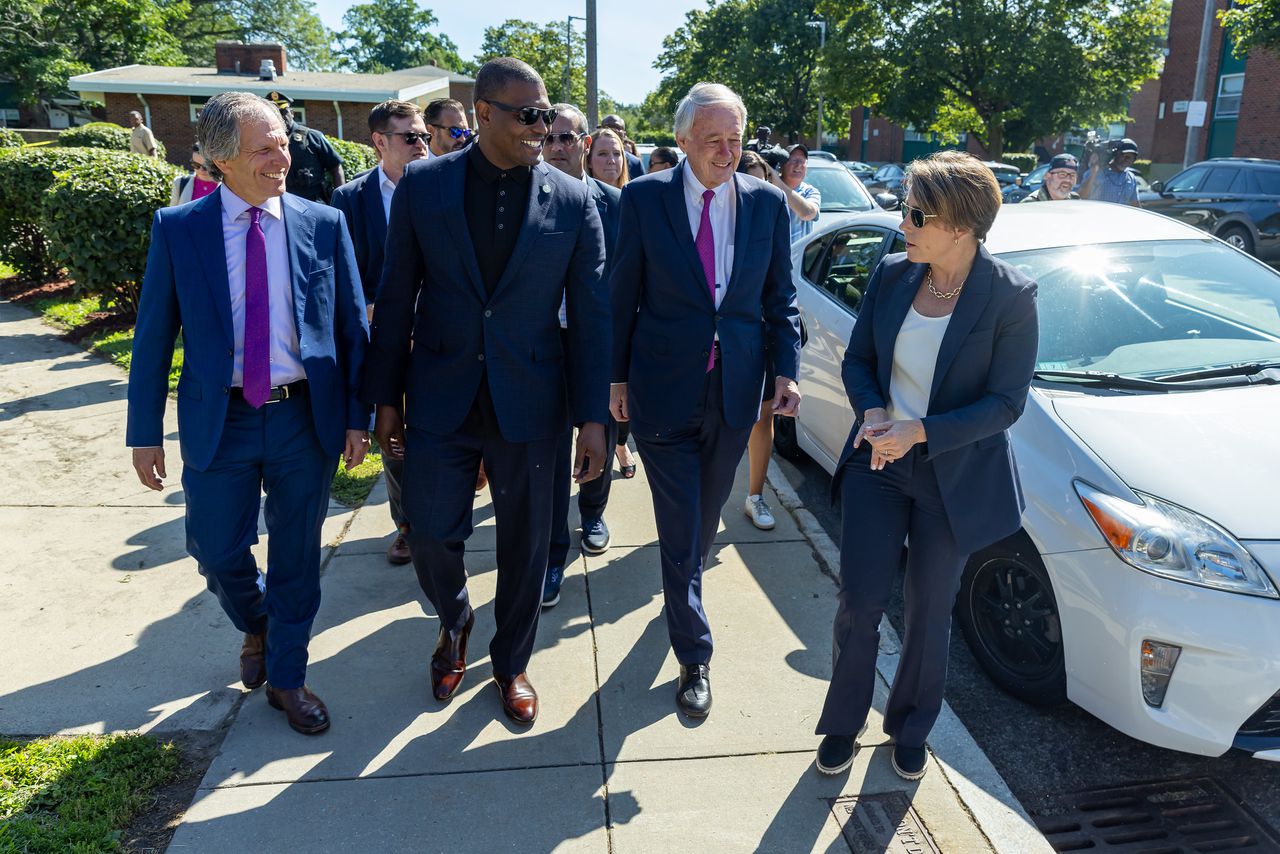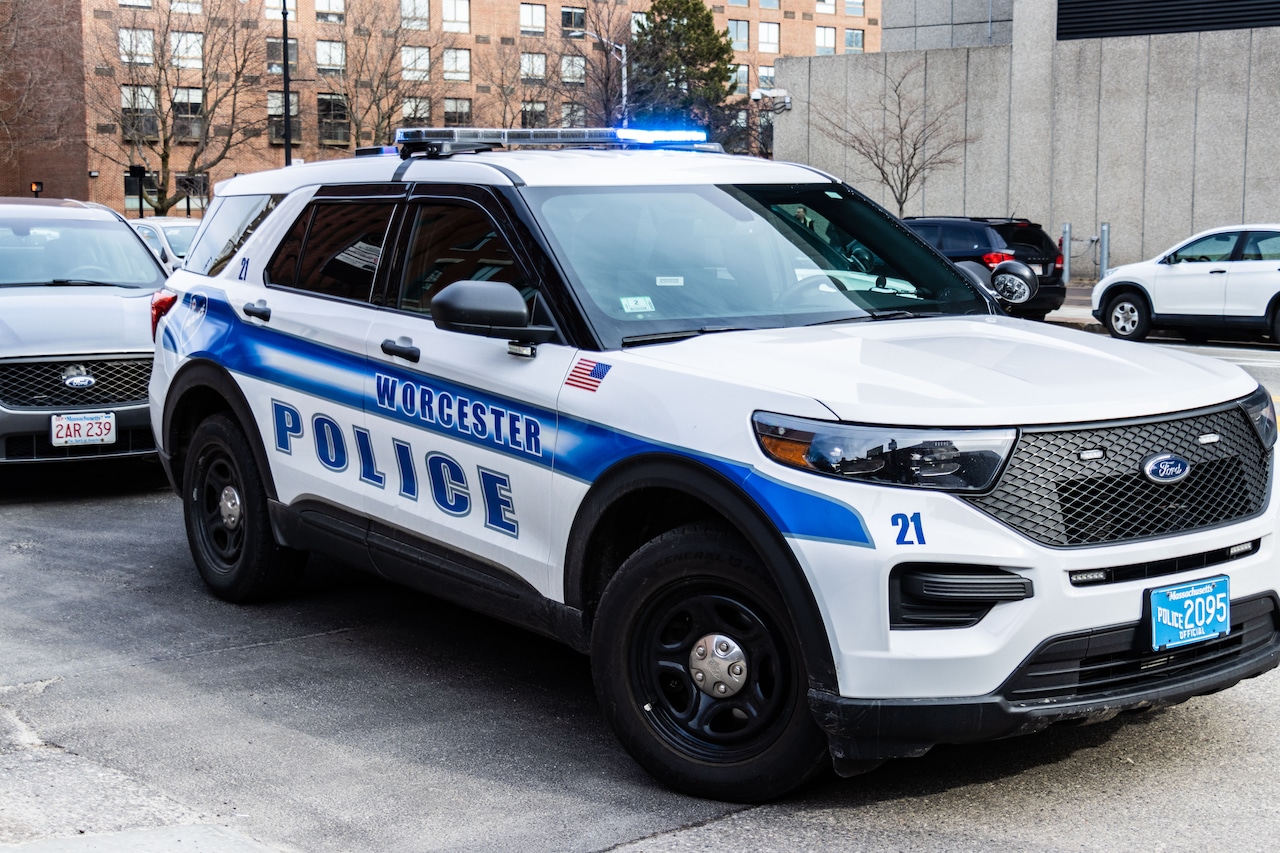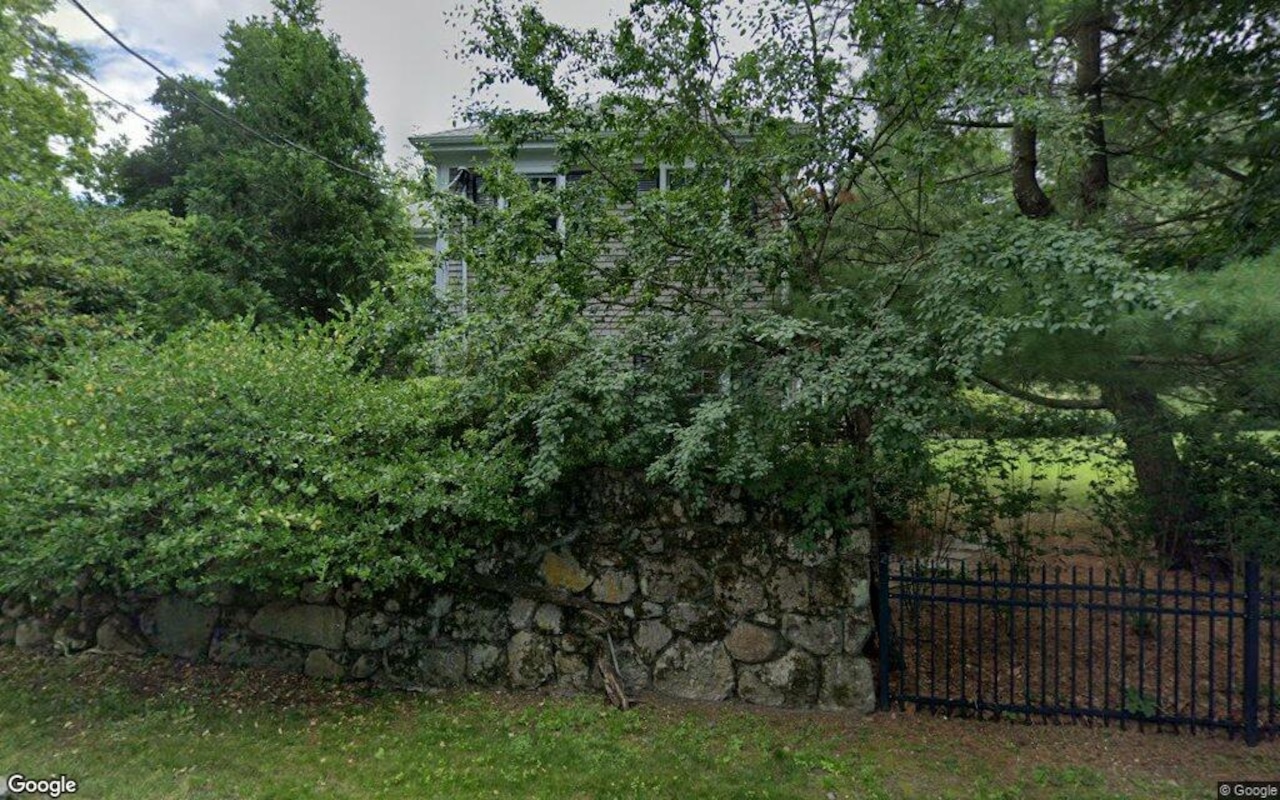
The Biden administration’s top environmental official on Wednesday visited a Dorchester housing complex that’s slated to make the switch to cleaner energy to highlight it as one anecdote in the “national story” of how the United States is preparing to deal with effects of a changing climate.
Gov. Maura Healey; U.S. Sen. Ed Markey, D-Mass.; Boston Mayor Michelle Wu, and others joined U.S. Environmental Protection Agency Administrator Michael Regan at the news conference, where they showed off the community-based climate project.
Markey said the projects at Franklin Field will “leverage public dollars to install energy-efficient appliances, cut energy bills, improve quality of life for residents,” and represents “a new era of climate opportunity.”
“We are here today because we are taking local and state stories, and we’re telling a national story. We are facing a climate crisis, it will take all of us,” Regan said.
The White House is “trying to create a rising tide that doesn’t leave anyone behind,” he continued. “So we’re here in Boston today — yes, because of you, because of your advocacy, because of your leadership — but we’re really here to mine this story and export it to the rest of the nation and the rest of the world.”
The centerpiece of Wednesday’s event was the EPA’s $20 billion Greenhouse Gas Reduction Fund, an idea that Markey has long championed, and was enacted through the federal Inflation Reduction Act.
It is intended as a national financing network that could activate private capital for clean technology projects, creating jobs and lowering energy costs for American families along the way.
The fund is especially focused on low-income and disadvantaged communities, which often bear the brunt of harmful pollution and see higher levels of related health detriments.
The federal fund includes money that Healey eyed in June when she announced the launch of a “green bank” that she hopes will attract private investment and federal money to pay for building retrofits and new construction of decarbonized buildings in Massachusetts.
The Massachusetts Community Climate Bank was started with $50 million from the Department of Environmental Protection.
But the governor’s office said in June that the state climate bank would be positioned to compete for federal funding from the National Clean Investment Fund, which is part of the Greenhouse Gas Reduction Fund.
“Our climate bank makes us eligible for these new federal funds and our affordable housing focus puts us in an exceptionally strong position to advance the environmental justice work that Senator Markey prioritized and that the EPA has prioritized,” Healey said Wednesday.
“And it’s a powerful example of how if we go all in and we work together, we are going to see unprecedented opportunities and returns for our state and the health and wellbeing of our people,” Healey said.
The governor said in June that the climate bank “will be our financial engine for moving forward on our climate goals, relieving the pressure of high housing costs, and creating good jobs and healthier communities.”
The Healey administration said it expects to provide low-cost capital and “innovative deal structures” to promote the integration of clean energy and efficient technology into affordable housing development, and mortgage products for home improvements.
The program aims to pick up the pace on building decarbonization projects by lending directly to building owners and by “attracting and de-risking” loans or investments from private lenders.
Before Wednesday’s press conference, Healey, Markey, Regan, Wu and others toured the clean energy and cost-saving upgrades planned for the Franklin Field community in Dorchester, which Markey’s office said “serve as an example of how investments in clean technology projects — investments that will be supercharged by the national clean financing network — can improve lives across the Commonwealth and the country.”
The complex is planning to transition its gas-fired boiler plant to clean, energy-efficient heat pumps, and has already made upgrades to create climate-resilient and healthier housing, including new indoor cooling and heating systems and improved ventilation.
“We’re here because the dollars at the federal level, the policies and the opportunities at the state level — it all becomes real when, at the city level, we get to actually connect that to people’s daily lives,” Wu said.
“And so we were here to take a walk around and to share and feel in the excitement that represents the Franklin Field community, and also to see some of the facilities improvements that are very much needed and will translate right away into generations of opportunity, health and more,” Wu said.






